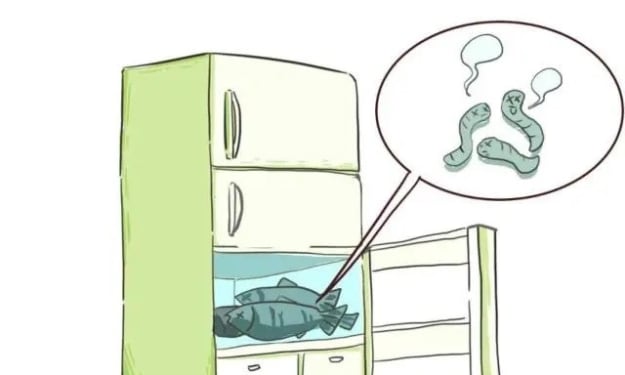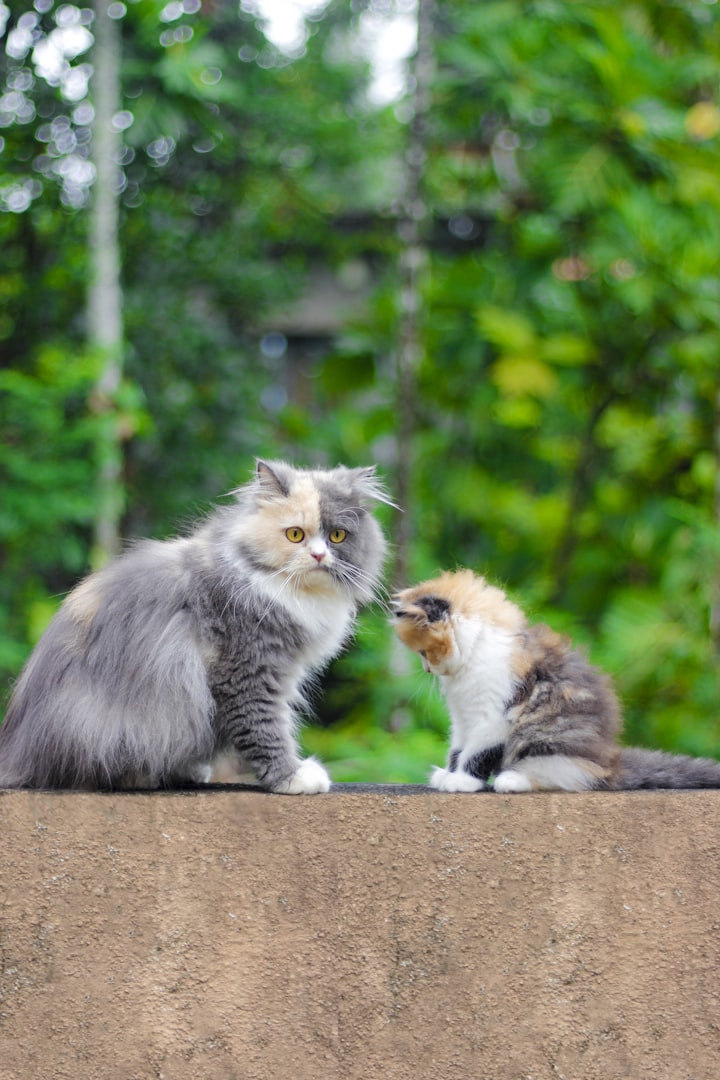Why do cats always love to tuck their hands?
What is the meaning of this action of the cat?

Ever since I got a new cat in the house, I've had a resident thought in my head: what does the cat's movement mean?
Why does it stop at my keyboard while I'm writing? Why does it bite lightly in the middle of a pout? Why does it crouch by the balcony and look outside and talk? They may think their actions are ordinary, but in my opinion, are so mysterious.
Recently, cats have unlocked new positions in multiple locations around the house: tucking their two front paws under their chests and lying in a ball of fur with their ears facing forward and their eyes misty, like a hen hatching eggs (not). This position is commonly found under the bed, on the couch, in the cat's nest, and next to the mother (cat's note: female popper cooper).
At one point I referred to this position as "missing upper limbs", but a brief search showed that the use of these four words to describe cats is almost non-existent. On the Chinese Internet, people often use the words "chi sh sh sh", "cat chi sh", and "peasant chi" to describe this pose, while English speakers call it "cat bread", "hatching egg", "roast chicken" (?) and so on, with all sorts of names. As for the domestic cat researchers - they call it laying down.
After learning that hand tucking was not an original skill of my cat, the thought came to me: So, what does it mean?
Fortunately, among the countless mysterious actions of cats, scientists have a relatively clear understanding of the tucking hand.
1: Relaxed vigilance
Generally speaking, a cat lying down in this position means that it feels comfortable and relaxed. For the cat, the cat's paws are a powerful tool to enter the fight and retreat to run away. This also explains why the "place of occurrence" of hand tugging is often the cat's favorite area in the house.
If the hand tucking is accompanied by yawning or lounging, it means that the cat is in a comfortable state. At this time, they will even let the popper cooper to their own a slap.

According to cat behaviorist Jackson Galaxy, in addition to domestic cats, fishing cats, serials and other "Old World cats" native to Africa, Europe, and Asia will also lie down in this position, while "New World cats" native to the Americas, such as Joe's cat "When lying down, they are more used to putting their paws and claws on the outside of their bodies.
2: What is needed to keep warm
Michel Delgado, P. D., who studies the social behavior of domestic cats at the University of California, Davis, believes that in addition to being a sign of relaxation, hand tucking may also have practical implications for keeping cats warm.
Within a specific temperature range, constant temperature animals can keep the amount of energy spent on regulating their metabolism and maintaining body temperature to a minimum, a temperature range known as the "thermonuclear zone". For domestic cats, this range is 30 to 38 degrees Celsius, the upper and lower limits of which are higher than for humans. The temperature at which people are comfortable in an air-conditioned room is usually too low for kittens.
So when you see a cat tucking its hand, don't rush to add chicken legs, feel the temperature first: if you feel the day is a bit cool, the cat must be cold. If it tucks up his hand while also holding his tail close to his side, it is more likely that he is lying to reduce heat dissipation.
3: Painful injury or illness
The third possibility for cats to tuck their hands, and the last thing popper coopers want to encounter is that the cat is in pain due to injury or illness, so it chooses to shrink.
If the cat is tucking its hands because of an injury to its front paws, you may notice it stumbling slightly as it returns to a standing position from lying down.
Cats with feline chronic kidney disease will also often lie down with their hands tucked in, especially if their condition suddenly worsens. Unlike relaxed cats, sick cats tend to lie with their necks stretched forward and their heads hanging down.
Cats are very good at hiding their pain, so you need to observe their behavior. Once you find something wrong, you need to take your cat to the vet as soon as possible.
4: People and cats are different
Unlike the two-legged animals that care for them, cats do not have a wealth of facial expressions to reveal their motives through their demeanor. This is why dumb popper coopers like me always think cats are nervous about everything they do.
But in reality, cats can communicate with people and other cats through subtle body language. The position and shape of the tail, the orientation of the ears and beard, the movement of the eyes, and the body posture all tell the story of the cat's emotions and physical condition. For example, staring straight at a cat is a challenge to the cat rather than an expression of affection, while a slow blink, which may seem very strange to a person, is instead a positive emotional communication for the cat.
I know I don't have the answer to every "What does it mean when a cat does that?" But maybe if I try to understand a little more each time and think from the cat's point of view, the cat will like me a little more. I thought so, and cast a tentative glance at the cat.
He didn't look at me, but meowed softly and went straight to the litter box to enjoy himself.
About the Creator
Tomei Ianu
We soon believe what we desire.






Comments
There are no comments for this story
Be the first to respond and start the conversation.